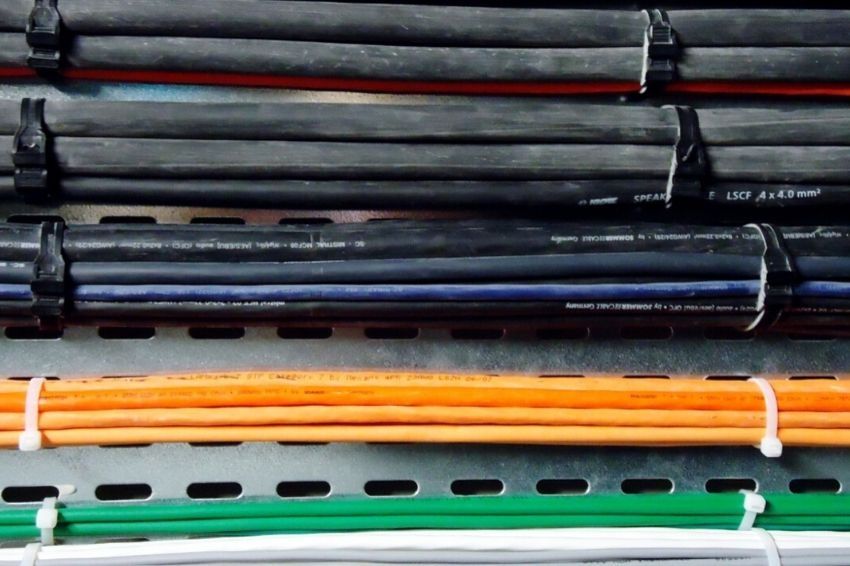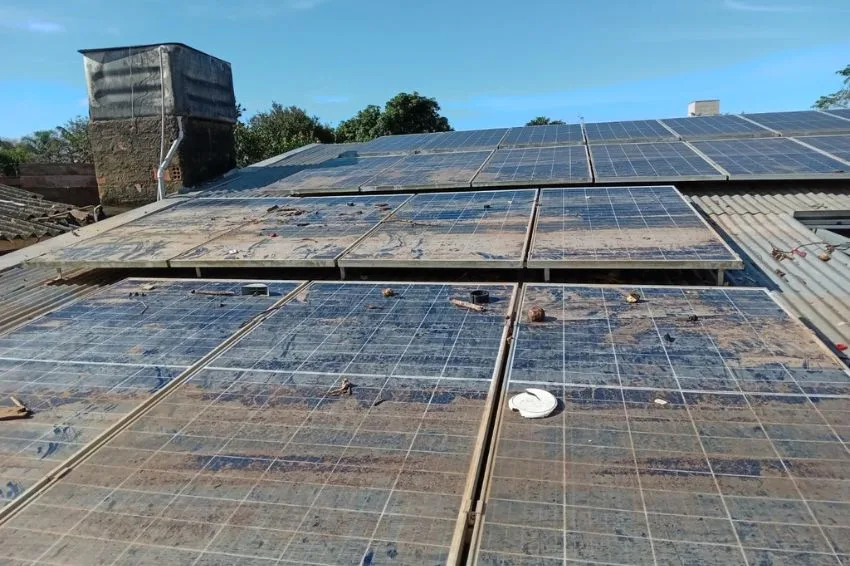O Sindicel (Union of the Electrical Conductors, Drawing and Rolling of Non-Ferrous Metals Industry of the State of São Paulo) issued an alert so that the consumers pay more attention concerning installation of Electric cables in solar energy systems.
According to the entity, the concern is necessary as there are currently several pieces of equipment in the Brazilian photovoltaic market being sold that do not comply with ABNT standards. – the country’s official standards body.
In the statement, the association highlights that this occurs because there is no compulsory INMETRO certification in Brazil (National Institute of Metrology, Quality and Technology) for photovoltaic cables, but only a voluntary certification.
“Some manufacturers already have this voluntary certification of product conformity, in accordance with INMETRO criteria, but unfortunately not all certification has a good technical team and, most importantly, credibility”, points out Sindicel.
The association emphasizes that cables for installation must be produced in accordance with the ABNT standard, which for these products is the NBR 16612 (Power cables for photovoltaic systems, non-halogenated, insulated, with cover, for voltage up to 1.8 kV DC between conductors – Performance requirements).
“fake” cable
Sindicel reiterates that the use of photovoltaic cables must ensure that even in the hottest regions of the country, its durability is equal to or greater than the useful life of the system (around 25 years). “It is weather resistant, can be exposed to saline environments and all of this guarantees the necessary safety for the system.”

Furthermore, the insulation and covering compounds are thermosetting and non-halogenated. In other words, in the presence of fire, it does not melt and still produces few toxic gases.
The problem is that, according to the association, there are manufacturers who are producing conventional non-halogenated cables, calling them solar cable and saying that they comply with NBR 16612. However, if it is tested according to this standard, it fails, as it would be a cable "fake".
“This fake cable does not have the durability of a cable for photovoltaic systems and, if used, it will cause problems before other parts of the solar energy generation system, potentially putting people and the entire system at risk”, highlights the association.
What to do?
To avoid undesirable surprises, Sindicel recommends paying attention to some points, including that consumers keep an eye on the price of the product. “Cable based on standard 16612 with a maximum price at the value of conventional cables with 0.6/1 kV insulation, is a strong indication of fake cable”.
The entity also highlights that in cases of doubt, consumers can choose to consult and purchase solar cables from manufacturers associated with Sindicel itself.



















One Response
Good morning.
Valuable information for consumers of the product.
With this we can demand quality and sertification from representatives.